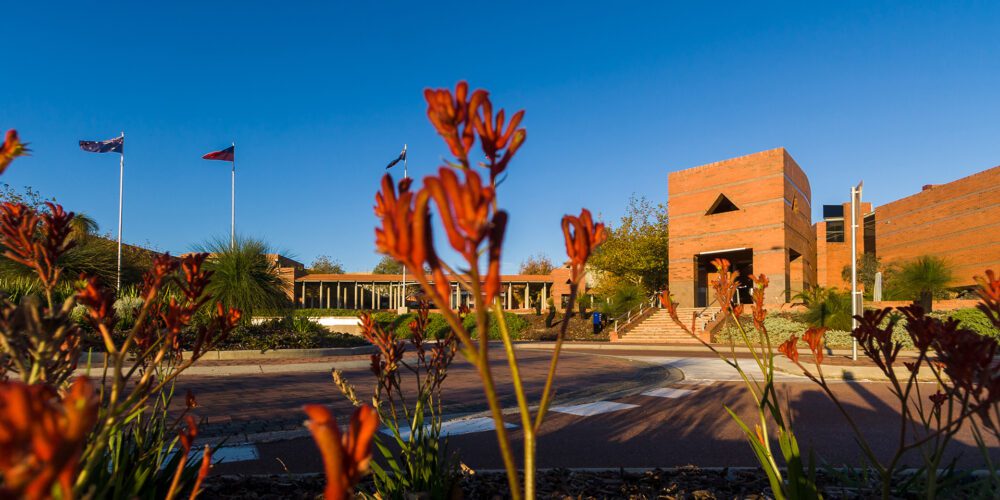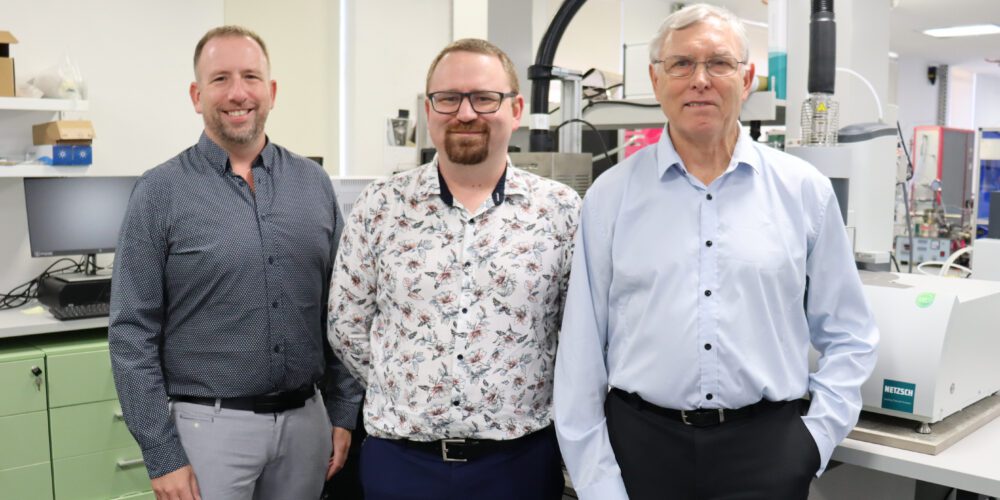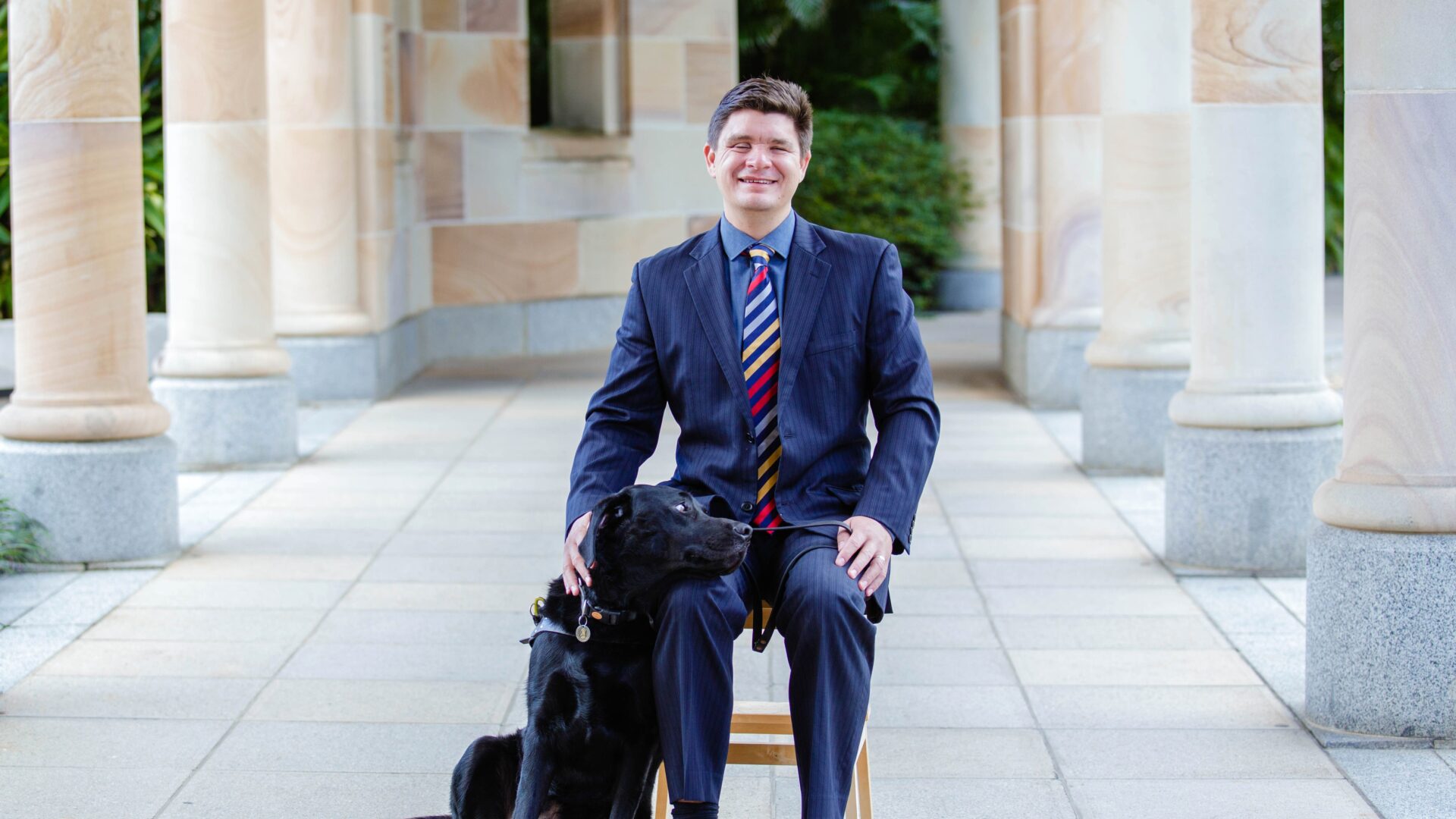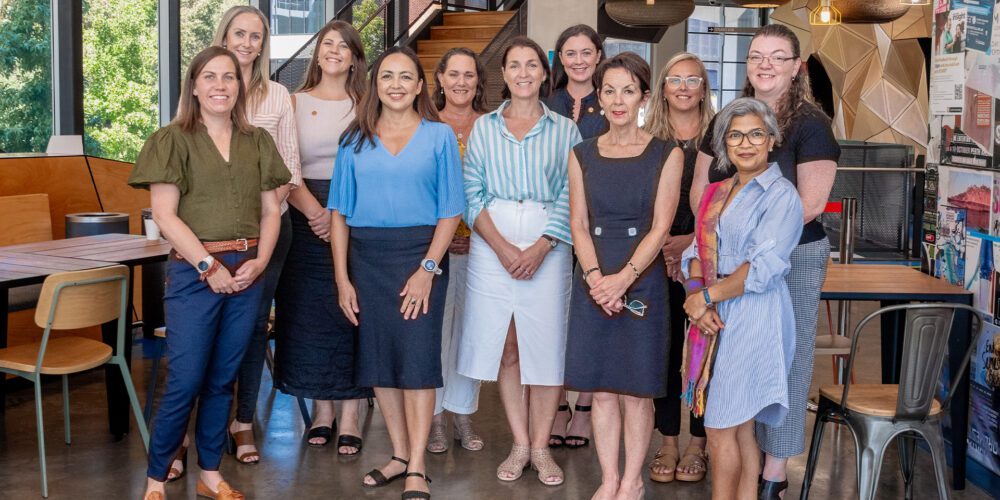Space missions launch, land and arrive in time for new Curtin space centre

Curtin University researchers are on science teams for three major current space missions, which coincide with the launch of the new Curtin University Space Science and Technology Centre (SSTC), the largest planetary research group in the Southern Hemisphere.
The missions include the European Space Agency’s (ESA) BepiColumbo voyage to circle and study Mercury launched in October, NASA’s InSight mission landed on Mars last week, and the OSIRIS-REx probe just arrived at asteroid Bennu, with the goal of returning a sample to Earth.
Curtin’s involvement in all three current missions reflects its world-class research in the field.
SSTC Director and John Curtin Distinguished Professor Phil Bland, from Curtin’s School of Earth and Planetary Sciences, said the formal launch of the research centre was special because it combines blue-sky science with engineering and industry engagement on a global scale.
“In the last month alone, our centre’s researchers have been busy delivering the science behind missions that involve the launch of two spacecraft that will perform an orbital dance around Mercury, the landing of a robot on Mars and the manoeuvring of a spacecraft close enough to a moving asteroid in order to collect vital information,” Professor Bland said.
“Our group represents the largest planetary research endeavour of its kind in the Southern Hemisphere, to help unlock many more of the Solar System’s greatest mysteries by driving scientific, technological and commercial innovation, and hopefully inspiring the next generation of space and planetary scientists, and engineers.”
The OSIRIS-REx spacecraft tasked with recovering samples from the asteroid arrived at Bennu this week, where it will remain until 2021 to collect up to 2kg of samples before returning to Earth and landing in the USA in 2023.
The mission, which launched in 2016, aims to return samples of the asteroid that will provide invaluable insights into the early formation of the Solar System. Professor Bland is a member of the science team that will be studying the asteroid, and will be involved the analysis of the returned samples.
The Mars InSight mission recently achieved a major milestone when it successfully landed on the Red Planet on November 26 with the aim of investigating the Mars quakes created by meteor impacts.
Curtin University planetary scientist Dr Katarina Miljkovic is the only Australian researcher involved in the mission and will analyse data collected by the robotic lander in order to study the crust and interior of Mars, including detecting seismic activity or ‘marsquakes’.
Within SSTC, Dr Miljkovic is part of the NASA SEIS science team, where she will model and study the interaction of meteor impacts with the Martian surface, through the tremors they produce.
The BepiColombo mission, which is a joint effort between the ESA and Japanese Aerospace Exploration Agency, launched in late October and is expected to arrive at Mercury in 2025.
Professor Bland is also part of this complex and ambitious mission, which involves a spacecraft comprising two satellites, a planetary orbiter and a magnetospheric orbiter, with a combined weight of 1485 kg.
BepiColombo will produce detailed maps to investigate the geology and the planet’s formation, while also mapping the planet’s magnetic field and inner core. Professor Bland is part of a team that will study the elemental composition of the surface using an X-Ray Spectrometer.
More information about Curtin University’s Space Science and Technology Centre, including its missions, research, personnel and more is available at its new website.



